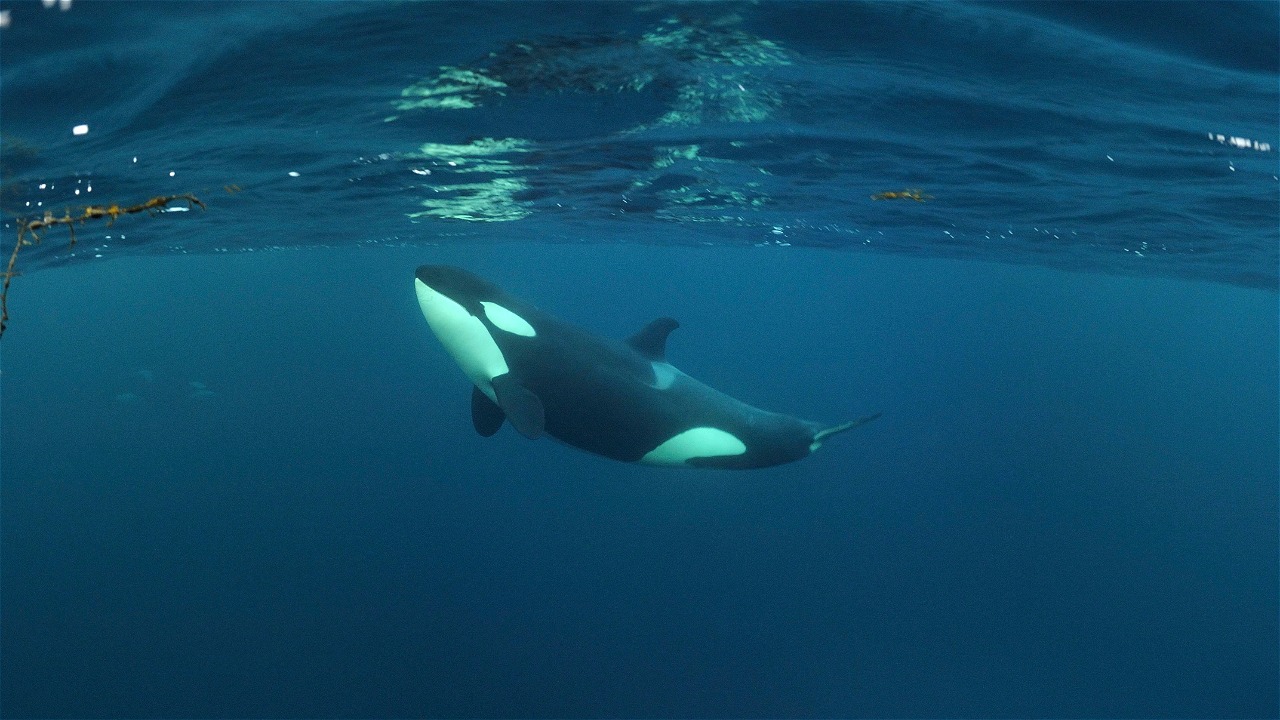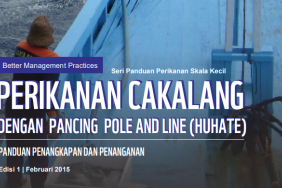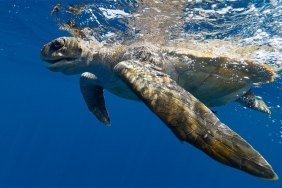SAVING WHALES AND DOLPHINS FROM NOISE AT SEA
Jakarta - WWF last weekend (14/2) published a new report in English on noise at sea affecting whales and marine mammals. The report is titled "Reducing Impacts of Noise from Human Activities on Cetaceans: Knowledge Gap Analysis and Recommendations" describes the problems faced by whales and marine mammals living in noisy waters. The problems faced by whales and marine mammals include difficulty finding mates and finding food. In addition, noisy seas also have the potential to move whales away from their primary habitat.
The stranding of whales and marine mammals in various parts of the world is still shrouded in mystery. Noise pollution is increasingly suspected as one of the causes, after autopsies were performed on 7 whales stranded on the coast of the Bahamas Islands. There was a disturbance in their sense of hearing with the discovery of bleeding near the ears and in the brain fluid of marine mammals from the order Cetacea that.
According to Aimee Leslie, Global Cetacean and Marine Turtle Manager for WWF, "There is evidence of increased noise across the world's waters. Large ship traffic, as well as sonar waves utilized for offshore oil exploration and military training add noise to marine ecosystems."
For marine mammals, hearing is as important to humans as seeing. Marine mammals use different types of sounds for communication, and biosonar for foraging and signaling. Extraneous noises from human activities have the potential to disrupt whale and dolphin communication in both the long and short term. In addition to masking the sounds that these marine mammals produce, noise in the ocean also changes their behavior and drives them away from their natural habitat. Oil and gas industry exploration and drilling activities on the high seas, especially those using echo-sounders, as well as commercial shipping, produce sounds in the hearing range of whales, dolphins and their marine mammals, which is 10 Hz - 200 kHz. This range of sound overlaps with that of marine mammals and can be confusing or even fatal to these animals. The world's largest marine mammal, the blue whale (Balaenoptera musculus), produces sounds at a frequency of about 20 Hz. Humans can generally hear each other's conversations in the range of 100 - 1000 Hz.
Almost all of Indonesia's marine areas are important habitats or migration routes for marine mammals. About 18 species of whales, as well as 12 species of dolphins and porpoises are found to reside or pass through Indonesian seas, especially in the Coral Triangle region (Mustika et al., 2009). The region is also one of the most densely populated waterways in the world, both by artisanal and large-scale fisheries, trade and shipping traffic, tourism and exploration activities (particularly mineral and gas exploitation).
Whales, dolphins, as well as the largest fish, the whale shark, are often found stranded on Indonesian beaches. Scientists and environmental activists often respond to these strandings with rescue efforts. However, further research is needed into the causes of strandings and how to prevent them. If it is known that high noise pollution in the water is the cause, then the government needs to change several regulations related to the trajectory of ships, including the establishment of the Indonesian Archipelago Sea Route (ALKI), the arrangement of exploration areas and fishery activities.
Some recommended methods to reduce the impact of noise on marine mammals include: direct action to immediately reduce noise sources at sea (such as ships), further research on technologies to reduce noise from oil industry exploration and drilling on the high seas and commercial shipping, restricting whale habitat waters from noise pollution activities (especially during sensitive periods for whales such as calving), rapid and effective implementation and regulation based on guidance from the International Maritime Organization (IMO) on reducing noise at sea from shipping.
In addition to noise pollution, whales and dolphins are also threatened with death as bycatch (bycatch) from fishing practices. There is an urgent need for cooperation in addressing the impacts of anthropogenic activities on marine mammals. This is not only to prevent the decline of these animals, but also to inform the public on the management of human activities and their consequences.
Editor's Note:
- Marine mammal photographs can be accessed at http://bit.ly/1dKIJ63 and used with inclusion of the copyright found on the photo caption sheet.
- Toothed whales (Odontoceti) and dolphins produce "clicking" sounds (echolocation) to bounce off objects around them - with the aim of gaining information on food sources and the environment (Richardson et al., 1995). Meanwhile, the sound waves of "clicks" produced by sperm whales (Physeter macrocephalus) and other whale species are used to communicate with each other (Watkins & Schevill, 1977). In addition to the "click" sound, marine mammals also produce other sounds, such as whistles, songs, and moans.
- One of the areas of concern for WWF regarding marine noise pollution is the Arctic waters. Known as the habitat of beluga whales (Delphinapterus leucas), narwhals (Monodon monoceros) and bowhead whales (Balaena mysticetus), these waters used to be free from industrial activities.
- Monodon monoceros.
For more information and to report whale/marine mammal strandings in Indonesian waters, please contact:
Dwi Suprapti, WWF-Indonesia
Email: dsuprapti@wwf.or.id, Hp: +62 812 3655906
Putu Liza Mustika, Whale Stranding Indonesia
Email: putu.liza@my.jcu.edu.au, Hp: +62 82147552611





